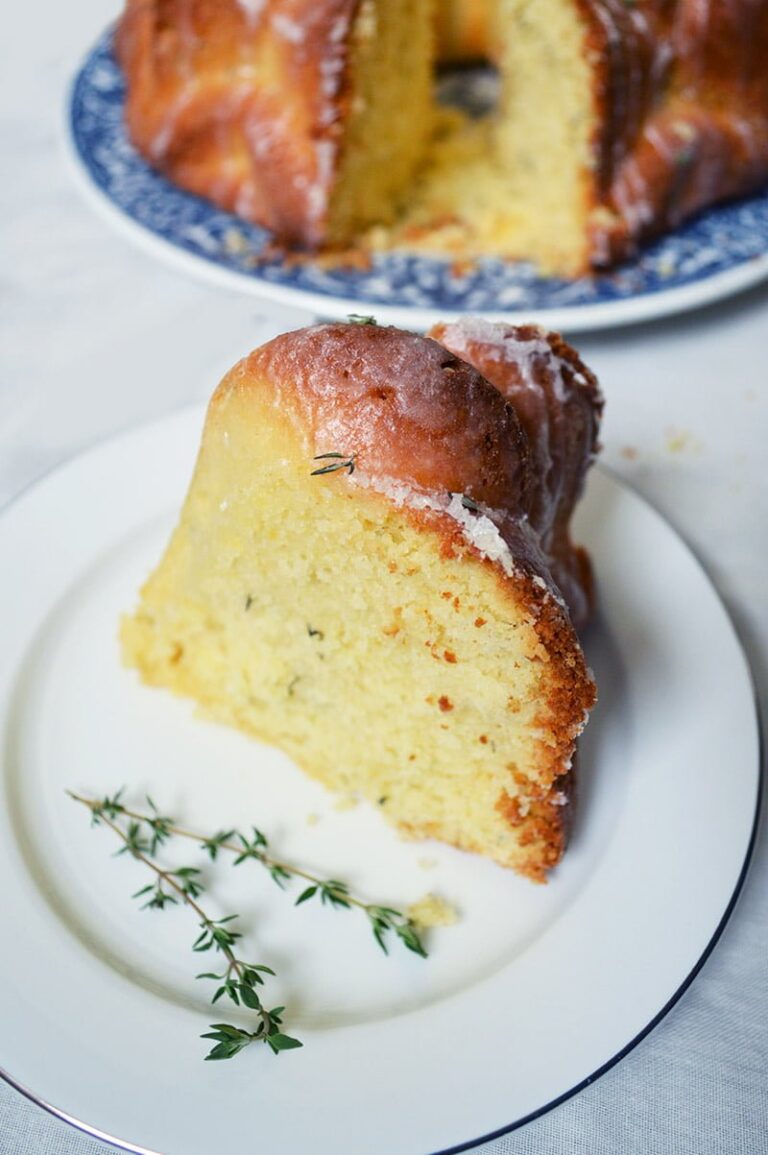Udon with Onsen Tamago
This post may contain affiliate links. Please read my disclosure policy for details.
Enjoy an effortless lunch or dinner with this simple Udon with Onsen Tamago that simply comes together in less than 30 minutes.

It is starting to rain a lot these days and a bowl of noodle soup sounds great in this weather. This reminds me of sanuki udon I had during my travel to Japan. Just imagine indulging with a bowl of steaming hot savory broth with slurpy noodles makes me craving for them again.
I had actually posted Beef Udon recipe that looks and tastes similar to the one I had in Japan. It was so good that I decided to use the same broth for this recipe. Instead of stir-fry beef, I use onsen tamago for the protein, making this dish a simple and light noodle soup recipe that you can enjoy all the time.
Do not slight how simple this dish is. It has a complex umami flavor from the dashi broth and a range of textures of chewy noodles, melty custardy egg, and crunchy green onions. All combined creates a simple and hearty meal to warm the soul.
About Onsen Tamago
Onsen means hot spring and tamago means eggs in Japanese. Therefore, onsen tamago literally means ‘hot spring eggs’. It is basically a soft-cooked egg that is prepared in hot spring water to create silky egg whites and custard-like yolk. To describe, it looks like a poached egg but cooked with its shell.
The main characteristic of onsen tamago is that the egg white is softer than the egg yolk, while the egg yolk is slightly firm but still has the creamy texture. It is basically the complete opposite of a soft boiled egg that has firm white and soft egg yolk.

Traditionally, it is made by cooking the eggs in hot geothermal spa water. But let me tell you how you can make this delicious egg recipe at home.
Tips for Making Onsen Tamago Perfectly
You should be able to find dry, fresh
, or frozen udon at the Asian supermarket. It is similar to cooking spaghetti. Meanwhile, we only need to mix dashi with some basic seasonings for the broth. Dashi is a Japanese fish stock that gives Japanese food its unique, rich, umami-packed savory flavor. The simple version of dashi is made by heating water containing kombu
(kelp) and katsuoboshi
shavings (bonito flakes). The deep umami flavor is what sets dashi apart from other stocks and there is no substitute for it. Instant dashi
is the most convenient method to produce a pretty flavorful soup stock. Especially if you are short on time or too lazy to make the stock yourself, dashi powder can come in handy. Therefore, the crucial part of making this recipe is to nail the onsen tamago perfectly.
1. Follow the recipe
If you follow the recipe precisely, you should be able to achieve the perfect onsen tamago as the final result. If there is not enough water, or the pot is too small for the number of eggs, or you increase or reduce the number of eggs, it will probably not work as the water temperature will change.
2. Use old eggs
Yes, you should not use fresh eggs for making onsen tamago. Just like making hard-boiled eggs, you should use eggs that have been stored in the refrigerator for 7 to 10 days. With eggs that are just a day or two old, the membrane beneath the shell sticks tightly to the shell. After several days, the protective coat is washed off the eggshell and makes the inner membrane does not stick as much to the albumen so the shell peels off easier.
3. Cool them completely before cracking
You should remove the eggs from the pot after submerging them in hot water for 17 minutes. Then, chill them in cold water for firmer white. If they are not cooled enough, they will become too loose.

More Easy Japanese Recipes

Ingredients
- 2 servings cooked udon noodles
- chopped green onion, for garnish
Onsen Tamago (for 4 eggs)
- 5 cups (1250 ml) water, divided
- 4 cold eggs, straight from refrigerator
Instructions
Onsen Tamago
- In a heavy bottom saucepan, heat 4 cups (1000 ml) water and bring to boil.
- Once boiling, turn off the heat. Add 1 cup (250ml) cold water and gently submerge the cold eggs in the hot water. Cover the pot and take out the eggs gently after 17 minutes. Submerge the eggs into a bowl of cold water. Set aside for at least 5 minutes before cracking the eggs.
Broth
- Add dashi to the frying pan and bring it to boil. Season with soy sauce, mirin, sugar, and salt. Taste and adjust the seasoning. Set aside.
- Put the cooked udon noodles into the serving bowls. Pour the broth over the udon noodles. Crack an onsen tamago over the udon and sprinkle with green onion. Serve hot.







I love Onsen Eggs so much. So I do love this recipe. Very good and I tried it by myself too.
I love Onsen Eggs so much. So I do love this recipe. Very good and I tried it by myself too. 🙂